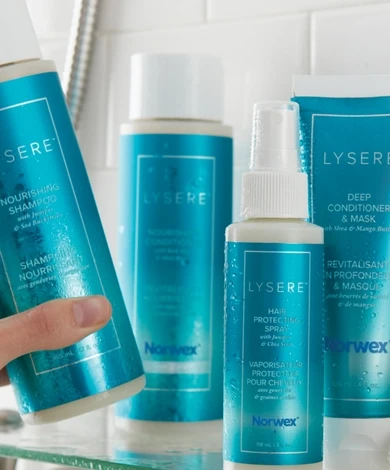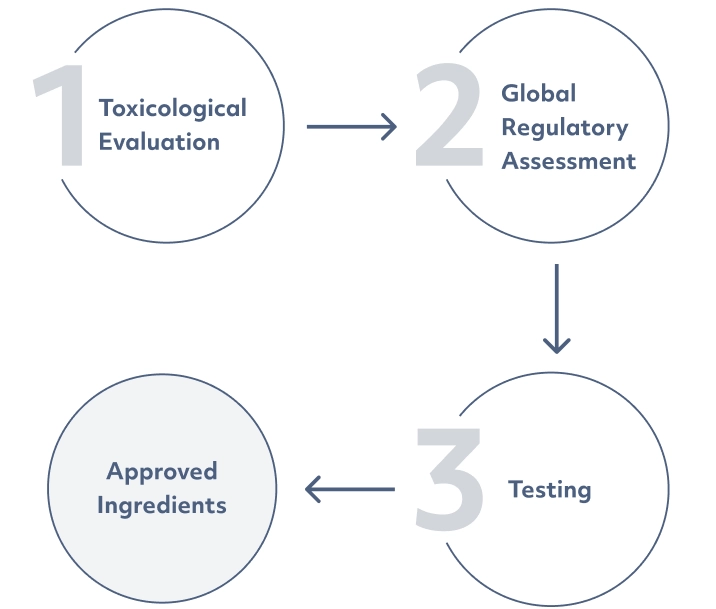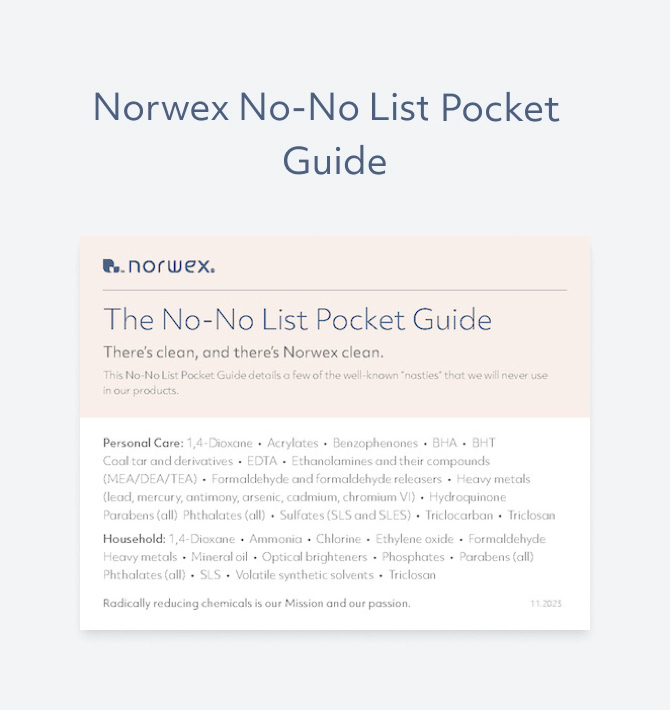- Home Care
- Family Care
-
-
-
-
-
 Step out of the shower onto the super-plush luxury of our highly absorbent bath mat.
Step out of the shower onto the super-plush luxury of our highly absorbent bath mat.
Made with BacLock® to protect against odours and making it mildew-resistant, keeping it cleaner and fresher longer.*
-
- Personal Care
- New
- Specials
- Sets
- Product Science
-
-
Our Microfibre Difference
-
Enzymes – Nature's Powerhouse
-
Perfectly Balanced
-
-
- Our Mission
- Home Care
- Family Care
-
-
-
-
-
 Step out of the shower onto the super-plush luxury of our highly absorbent bath mat.
Step out of the shower onto the super-plush luxury of our highly absorbent bath mat.
Made with BacLock® to protect against odours and making it mildew-resistant, keeping it cleaner and fresher longer.*
-
- Personal Care
- New
- Specials
- Sets
- Product Science
-
-
Our Microfibre Difference
-
Enzymes – Nature's Powerhouse
-
Perfectly Balanced
-
-
- Our Mission


















